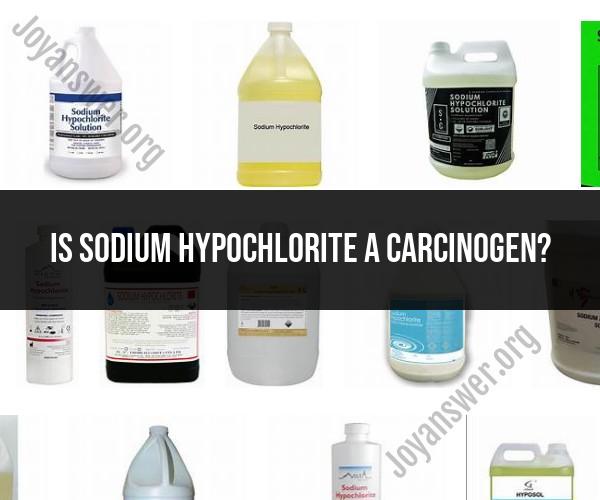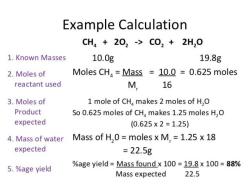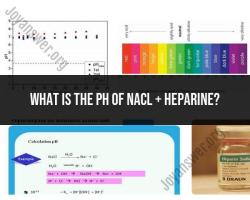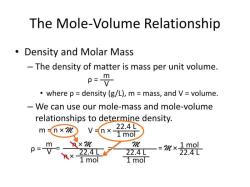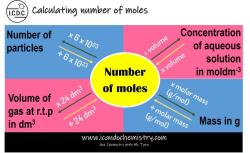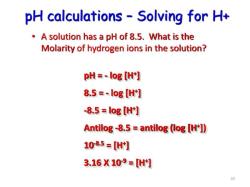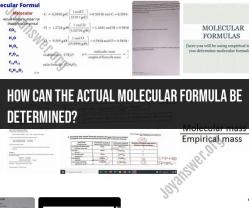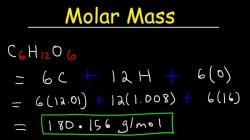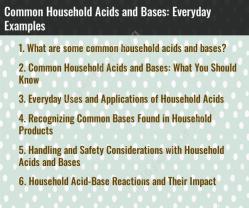Is sodium hypochlorite a carcinogen?
Sodium hypochlorite, which is commonly known as bleach, is not considered a carcinogen in and of itself. It is a chemical compound that is used primarily for its disinfecting and bleaching properties. Sodium hypochlorite solutions are used for various purposes, including cleaning, sanitation, water treatment, and disinfection.
However, it's important to note that the use of sodium hypochlorite, especially in industrial or occupational settings, can potentially lead to the formation of disinfection byproducts (DBPs) when it reacts with organic and inorganic substances in water. Some DBPs, such as trihalomethanes (THMs) and haloacetic acids (HAAs), have been associated with health concerns, including a potential link to cancer.
The carcinogenicity of these DBPs, rather than sodium hypochlorite itself, has been a subject of study and regulatory attention. Regulatory agencies, such as the United States Environmental Protection Agency (EPA), have established guidelines and regulations to limit the levels of DBPs in drinking water to reduce potential health risks.
In summary, sodium hypochlorite is not considered a carcinogen, but its use in disinfection processes can lead to the formation of disinfection byproducts that may have health implications. The risk associated with the use of sodium hypochlorite largely depends on factors such as the concentration of the solution, the specific application, and the extent to which DBPs are formed. It's important to follow safety guidelines and regulations when handling and using sodium hypochlorite, especially in water treatment and disinfection processes.
